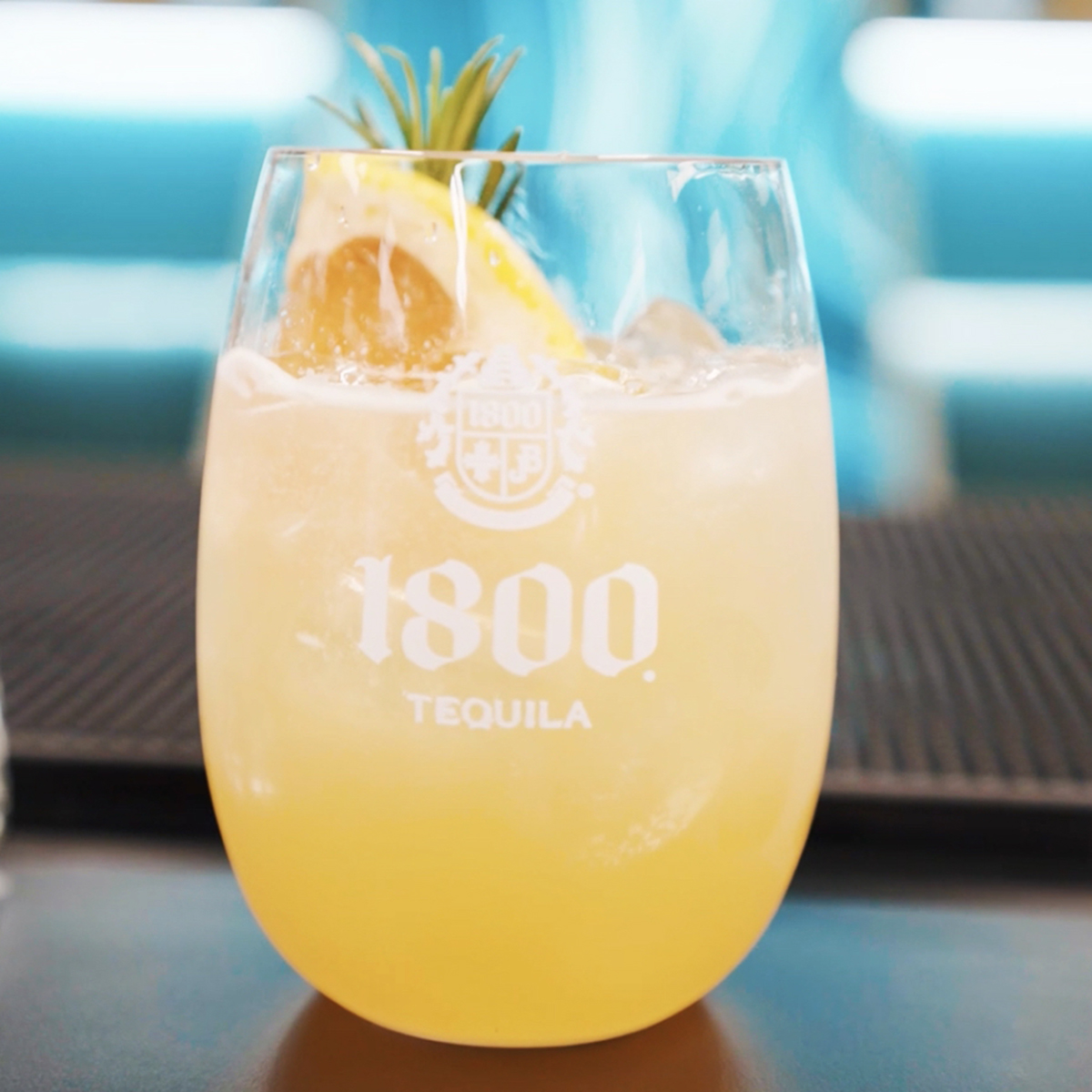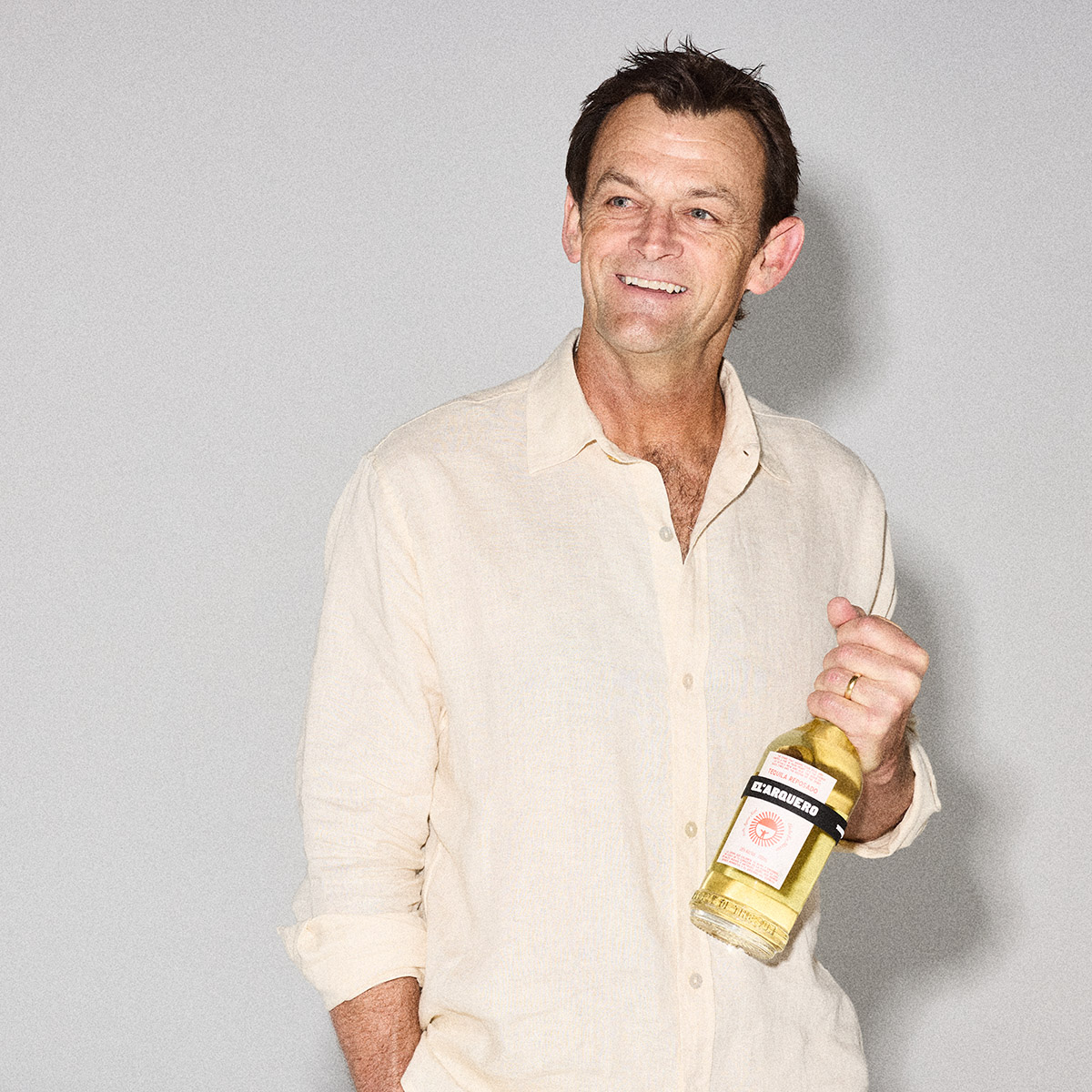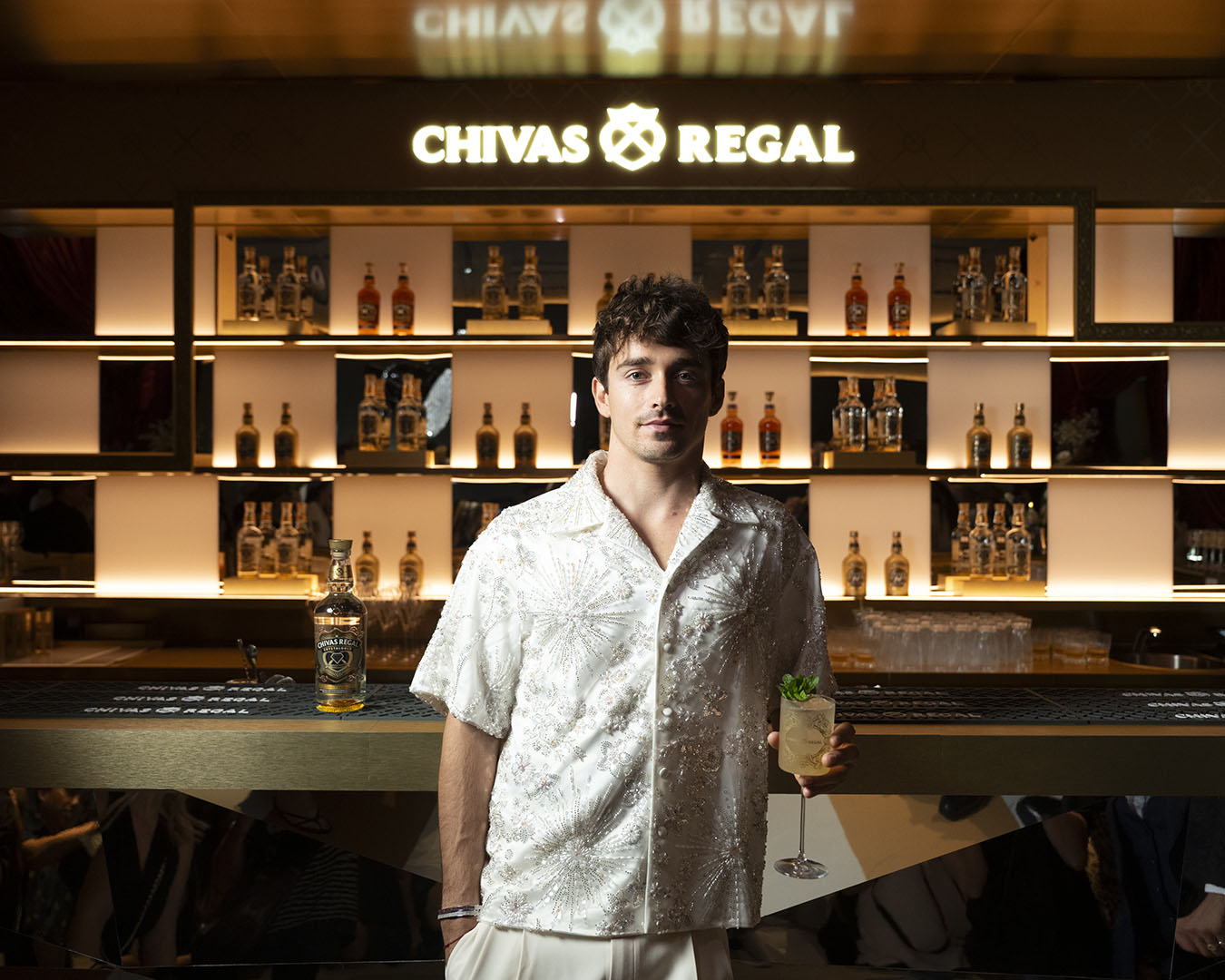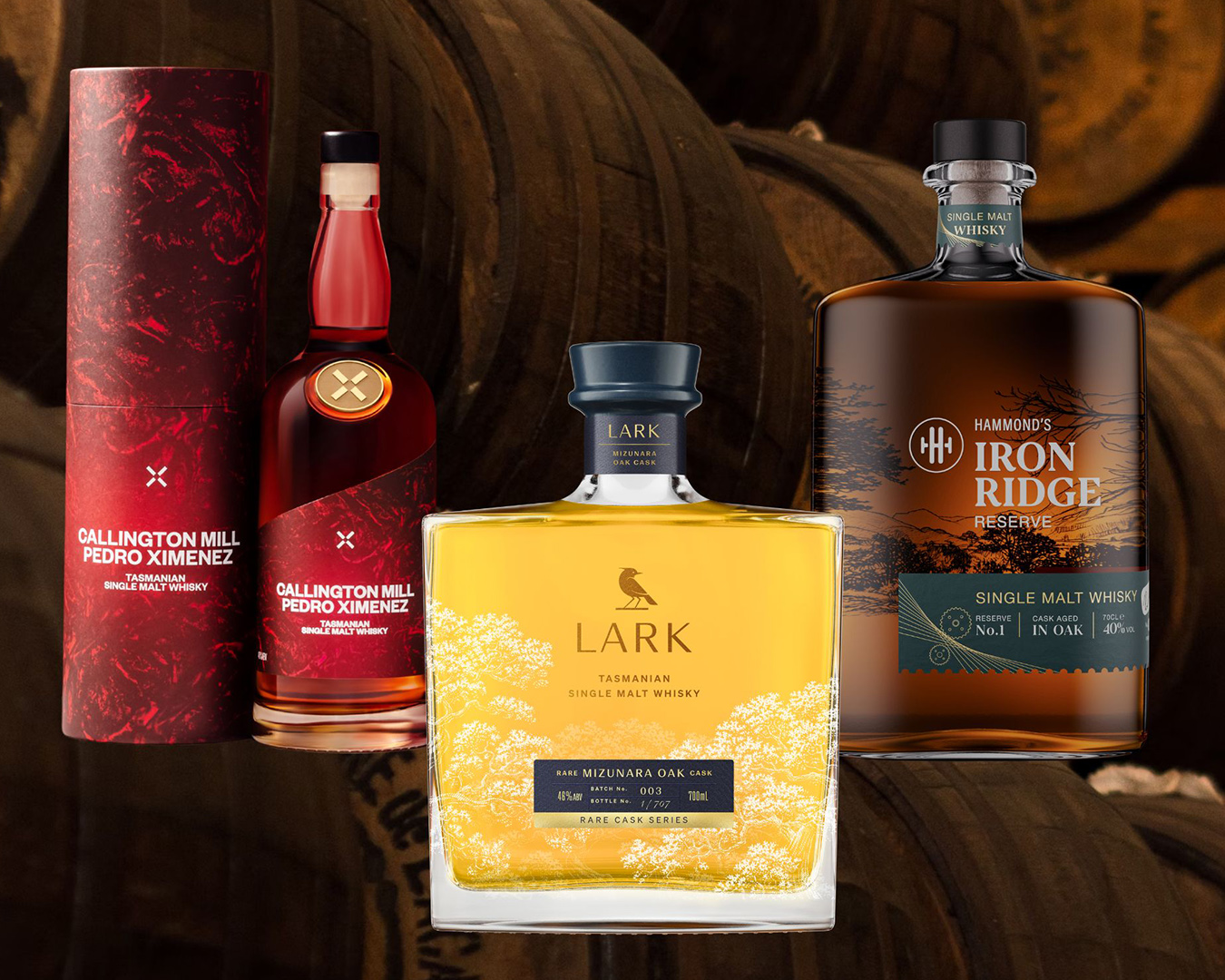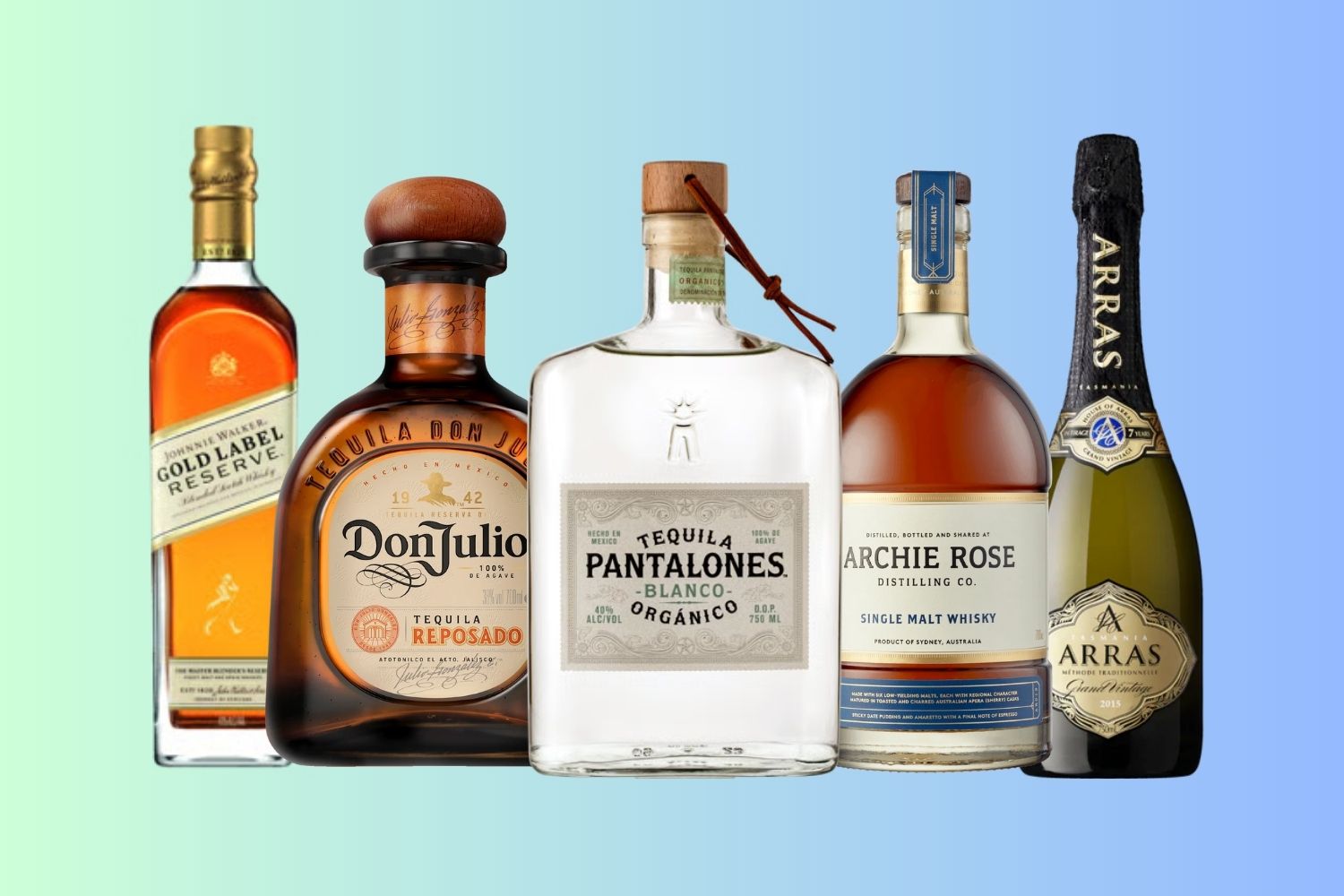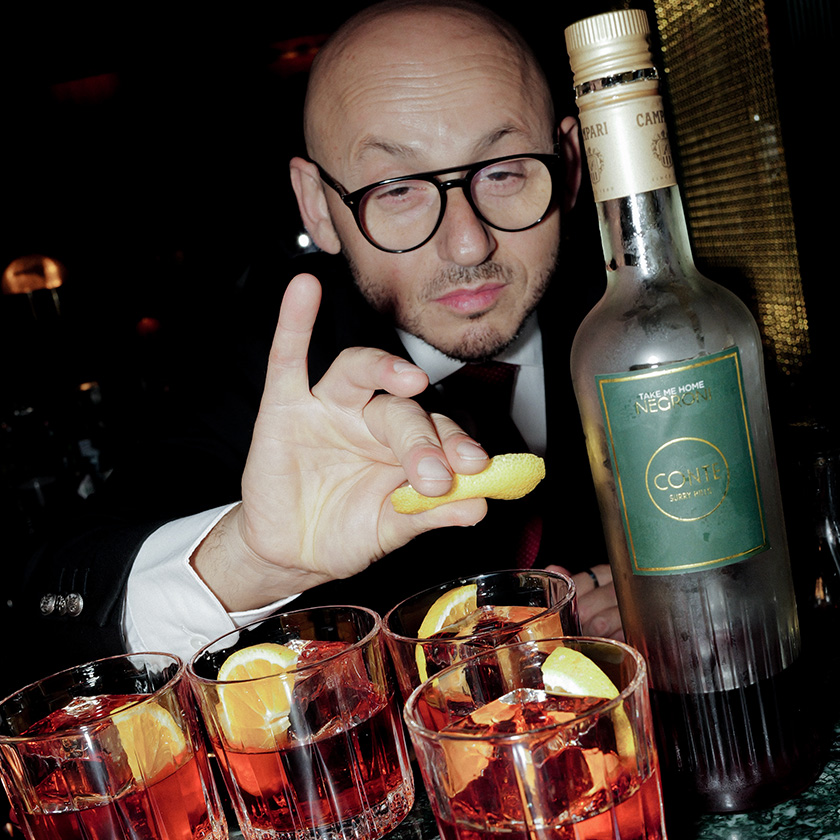What it’s like inside the distillery that makes Australia’s best whisky
Callington Mill Distillery’s Pedro Ximénez has just been awarded best in class for Australian single malts at the San Francisco World Spirits Competition. Esquire Australia recently visited the Callington Mill’s distillery in Oatlands, Tasmania, and saw how the nation’s best whisky is made
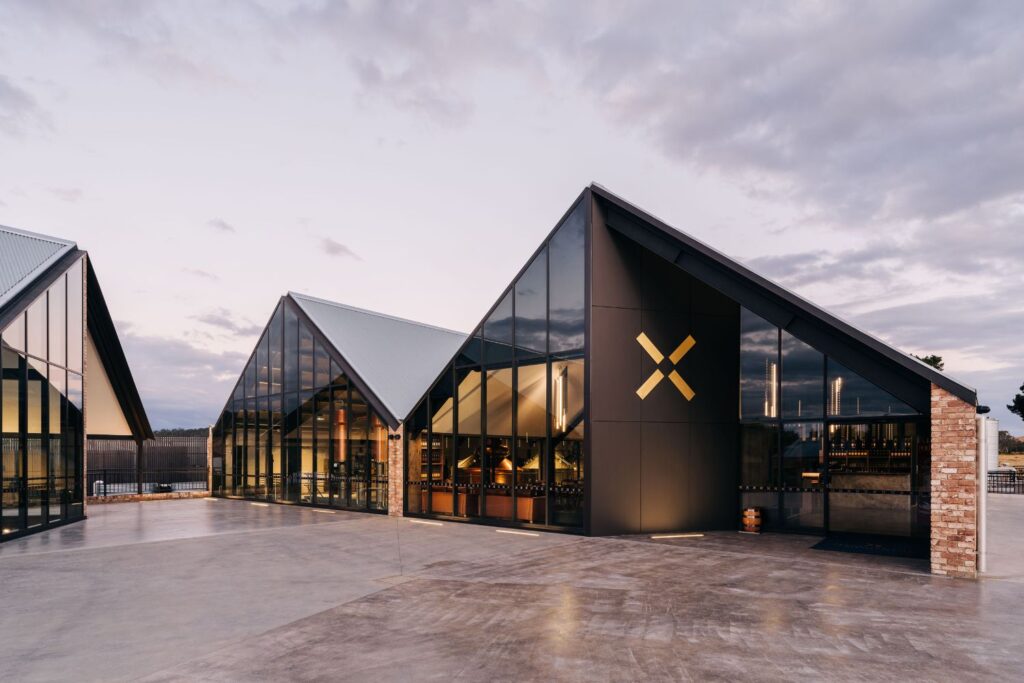
OATLANDS, SITUATED ALMOST precisely halfway between Hobart and Launceston just off the Midlands Highway, is where the wind from every corner of Tasmania meets, quarrels and ultimately explodes. It is also, incidentally, the home of Australia’s best single malt whiskies: The distillery’s Pedro Ximenez has been named best single malt at multiple competitions, including London Distillery Awards and most recently at the San Francisco World Spirits Competition.
The town itself is a picture-book sort of place. It’s quaint, quiet and so well preserved that visiting feels like being transported to a previous century. There are 150 sandstone buildings, each one standing stubbornly upright against the weather, forming the largest intact Georgian-style streetscape in the country. Even if you don’t like whisky, it’s hard not to be charmed by Oatlands. Time moves slowly there, though the wind rarely, if ever, does.
You’ll know you’ve reached Callington Mill Distillery when the eponymous windmill appears, still spinning in that turbulent wind. Constructed in 1837, at a time when whisky distilling was illegal in Tasmania, it was built to grind flour. The miller, a man of great imagination but limited means, found that distilling a little sly grog on the side could turn a nice profit.

The Oatlands distillery of today looks nothing like the sly grog den it once was. It’s been reborn as a cathedral of copper and oak, with a contemporary design that balances the need to house the manufacturing requirements of a working distillery with the ability to provide an immersive visitor experience, complete with a restaurant and cellar door. Callington Mill Distillery’s founder John Ibrahim (no relation to the king of the Cross), calls it the “Rolls-Royce” of distilleries, and he isn’t wrong.
I first meet Ibrahim during dinner at Callington Mill’s restaurant at MACq01 in Hobart, the night before I visit the distillery itself. He is a straight-shooting character, inclined to making sweeping and often humorous statements I’ve come to call John-isms. Ibrahim lives in Sydney but spends plenty of time in Tasmania, because, as he says, “Sydney is a rat race – no, I wouldn’t say that because it would be an insult to rats.” Of Callington Mill’s General Manager, Rizk Mawass, Ibrahim says “If he was a woman I would’ve left my wife for him. He’s like a son to me.” Ibrahim also owns a pair of moodles (Maltese poodles), named Whisky and Brandy. In case it isn’t clear, he’s very passionate about what he does.
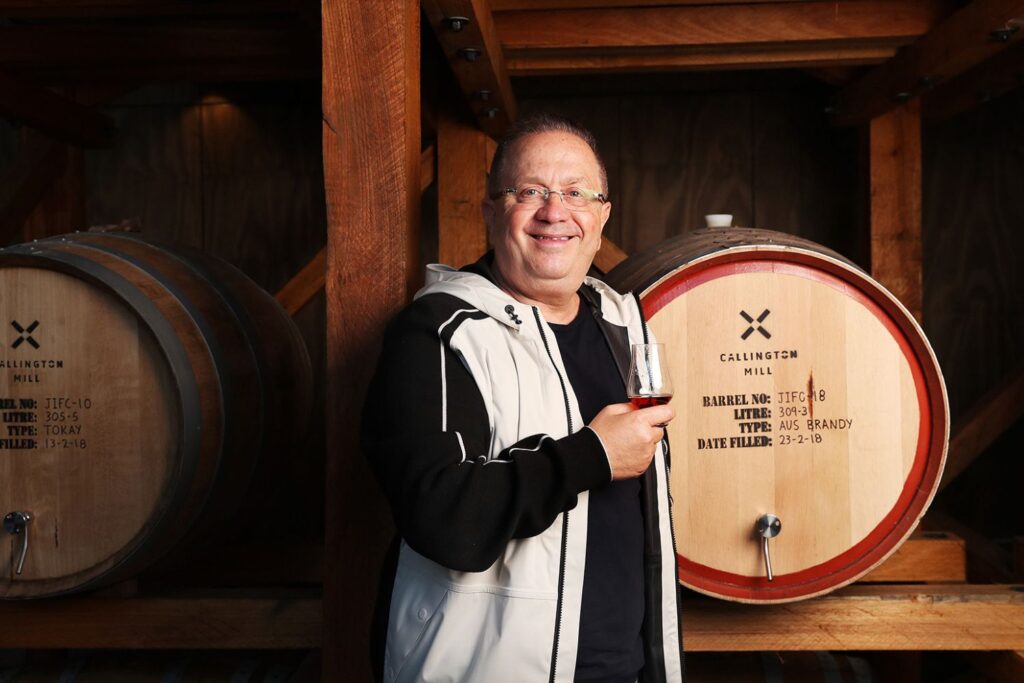
In the time since the Callington mill was built and distilleries were outlawed, Tasmanian whisky has made quite a name for itself. In 2014, Sullivan’s Cove had the honour of becoming the first distillery outside of Scotland and Japan to win the World’s Best Single Malt. Lark, Hellyers Road, Overeem, Starward and Archie Rose have also been given their flowers over the years. And while on a global scale, Tasmanian whisky remains somewhat niche, Callington Mill Distillery’s success on the awards circuit is raising its profile.
According to Ibrahim, there is no animosity between Tasmanian distilleries. Instead, he compares their relationship to a rivalry between two rugby league teams (Ibrahim is himself a diehard Bulldogs fan). “On the field they may flog each other, but at the end of the game they shake hands,” he says. “We all want whisky to be the world’s number one spirit, and for Tasmania to be known as the place to get it.”
Callington Mill Distillery’s win at the San Francisco World Spirits Competition will not only serve to increase the prestige of Callington Mill, but that of its Tasmanian competitors. But what is it that makes Callington’s whisky some of the best in the world? Ibrahim believes the reason is relatively simple, and lies in the maturation process: “Oak matters most,” he says.
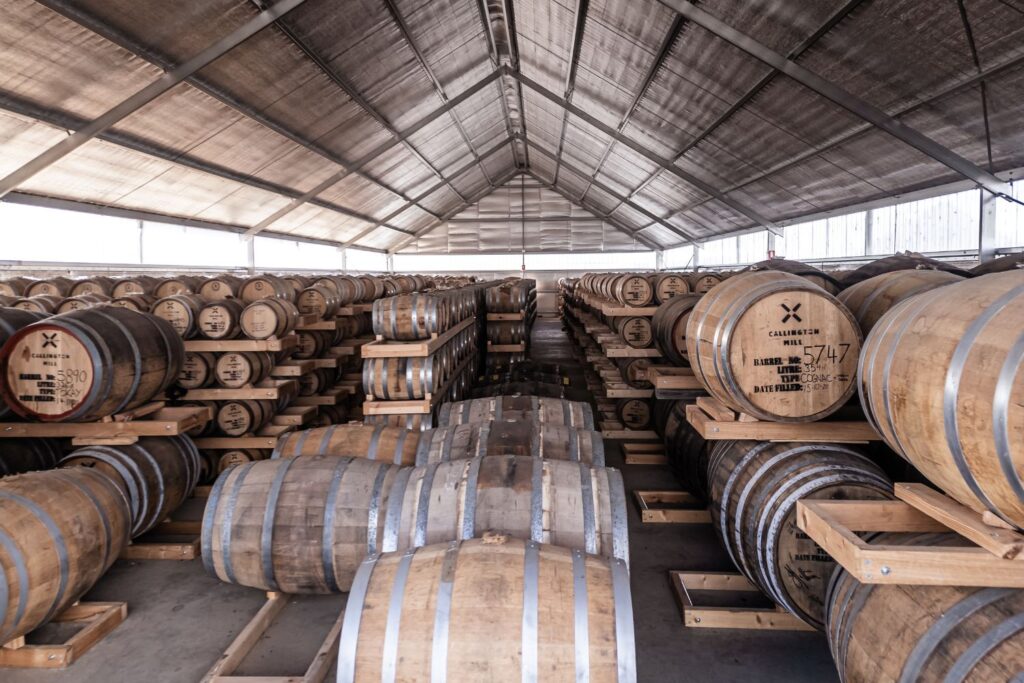
While most distilleries purchase empty barrels to mature their whisky, Callington Mill takes a different, more expensive approach. The distillery sources premium casks directly from Portugal and Spain – including Jerez de la Frontera, Spain’s famed Sherry Triangle – full of their original contents. The liquids are then carefully removed, leaving the oak casks still saturated with fortified wine, sherry or port. The result is “a deeper and richer seasoning” that “yields an elegant, layered spirit of depth, sweetness and balance,” according to Ibrahim.
Seeing – and tasting – the extra effort that goes into a Callington dram firsthand is quite the experience. The Pedro Ximénez Single Malt, the jewel in the Callington crown, is a beneficiary of this radical maturation process. It’s deep, layered and indulgent, opening with aromas of dark chocolate, figs and Christmas pudding, followed by layers of raisin, burnt toffee and spiced oak. On the palate, it’s velvety and full-bodied, offering waves of dried fruit, candied orange peel and warm sherry richness.
Of course, it helps that Tasmania itself is on the whisky’s side. The island has been called the Scotland of the South, though that’s selling it short. The wind, clean air, wild mood swings of temperature and influence of the Southern and Pacific Oceans all conspire to make the casks breathe more deeply. As a result, the whiskies are more layered and complex.

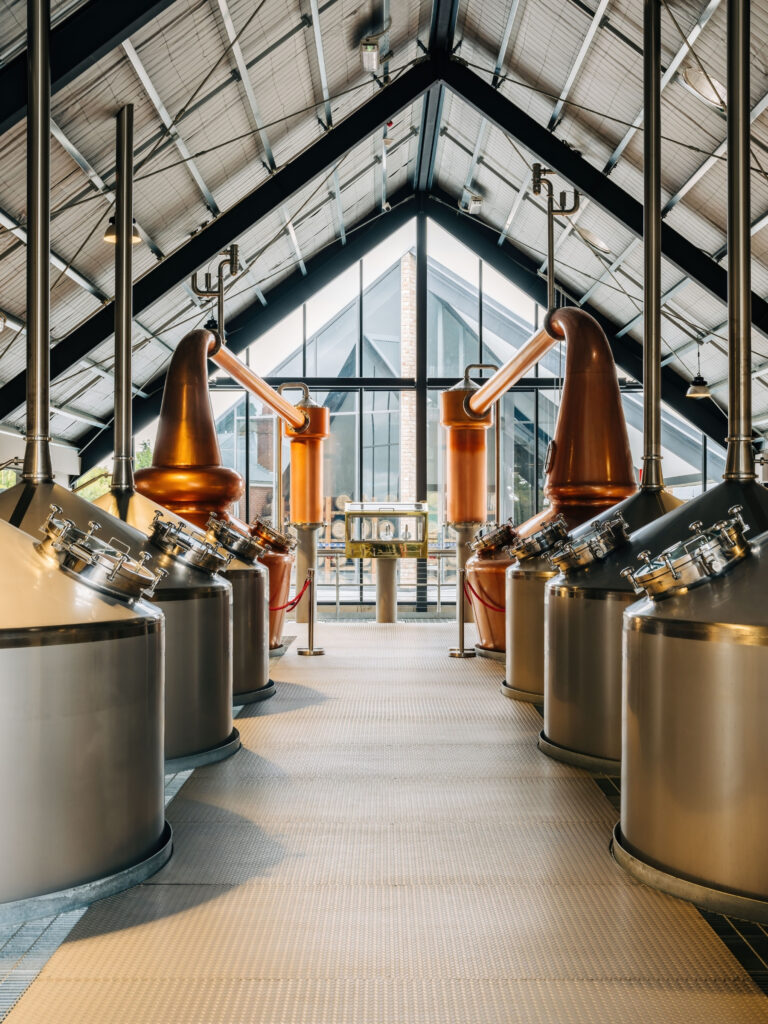
Callington Mill Distillery’s ingenuity extends beyond its prize-winners, most notably in its Amphora single malt, which is aged in clay amphorae. The idea came from Ibrahim himself, who was born in Lebanon. In Ibrahim’s home country, the spirit arak (made with grapes and anise) is aged in clay amphorae. He wondered what the process would do to whisky, and purchased three 350-litre clay amphorae and filled them with single malt.
The finished product was better than even he expected, with a cleaner, more refined flavour profile that can be attributed to the clay, which allows for gentle evaporation but doesn’t, like wooden barrels, contribute any flavour.
You can see all of this for yourself at the Oatlands distillery, which offers guided and self-guided tours. These take you behind the scenes of the whisky-making process, with opportunities for tastings and the chance to explore the restored Callington Mill heritage precinct. You can also take the Serendipity Experience, where you can create your own unique single malt from five premium, cask-strength, raw whiskies.
Standing there, watching the mill turn against a blustering sky, you’ll get the sense that whisky was always meant to be made in Oatlands. Tasting the Pedro Ximénez, you’ll see why Callington Mill Distillery deserves to be called the nation’s best.
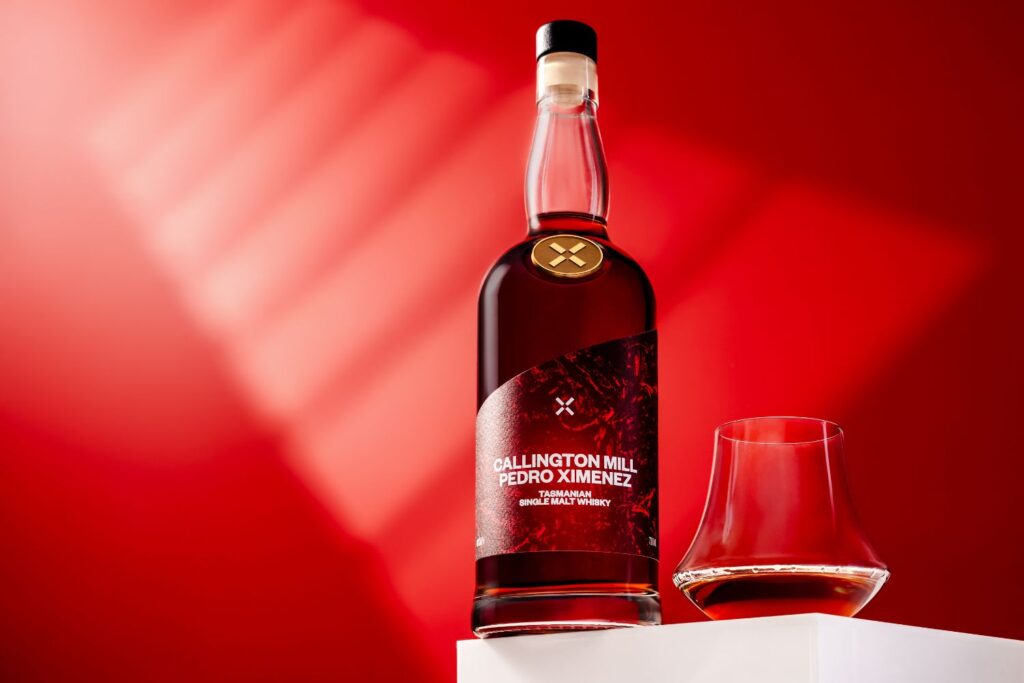
Related:
The best whiskies to add to your top shelf
Cask Masters: Three of the best new whiskies push the boundary of flavour














